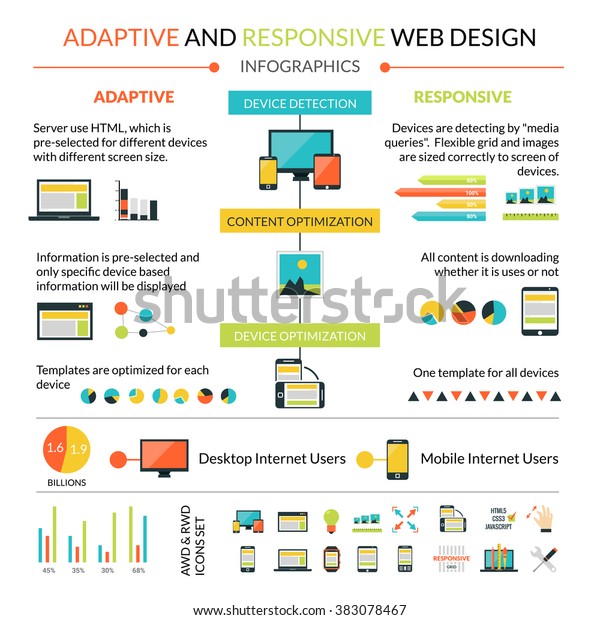Interested In Learning How Site Layout Has Evolved? Take A Trip With The Improvement
Interested In Learning How Site Layout Has Evolved? Take A Trip With The Improvement
Blog Article
Material Writer-Pappas Stender
In the past, websites were straightforward and focused on details. https://www.forbes.com/sites/forbestechcouncil/2022/06/03/five-tips-for-making-youtube-marketing-worth-it/ was straight, and style was for desktop computers. Now, customer experience is vital. Data overviews layouts for simple navigation. Responsive formats match various gadgets. Today, dark mode decreases stress, and minimal menus boost navigating. Interactive features engage users, and bold visuals stand apart. AI combination improves engagement. See how design has actually progressed to improve your on-line journey.
Very Early Days of Website Design
In the early days of web design, simpleness preponderated. Web sites were standard, with limited shades, font styles, and layouts. The emphasis got on giving info rather than flashy visuals. Individuals accessed the web with slow-moving dial-up connections, so rate and functionality were crucial.
Navigation food selections were straightforward, generally situated on top or side of the page. Web sites were designed for home computer, as mobile browsing wasn't yet common. Content was king, and developers focused on easy readability over complex design elements.
HTML was the main coding language utilized, and designers had to function within its restrictions. Computer animations and interactive attributes were marginal compared to today's criteria. Internet sites were fixed, with little vibrant material or tailored individual experiences.
Surge of User-Focused Layout
With the evolution of web site layout, a shift towards user-focused design principles has actually come to be significantly popular. Today, developing websites that prioritize individual experience is critical for involving site visitors and achieving service goals. User-focused style includes comprehending the demands, choices, and behaviors of your target audience to customize the internet site's layout, material, and features as necessary.
Developers currently perform thorough study, such as customer studies and functionality testing, to collect insights and responses straight from users. This data-driven technique assists in creating user-friendly navigation, clear calls-to-action, and visually appealing user interfaces that reverberate with visitors. By placing the customer at the facility of the design process, websites can supply a much more customized and satisfying experience.
Receptive design has actually additionally emerged as a key facet of user-focused layout, making certain that sites are optimized for different devices and display dimensions. This versatility improves availability and use, accommodating the varied ways customers connect with sites today. Basically, the surge of user-focused layout indicates a change towards producing digital experiences that focus on the requirements and assumptions of the end individual.
Modern Trends in Web Design
Check out the current trends shaping website design today. One noticeable pattern is dark mode style, supplying a smooth and contemporary appearance while decreasing eye strain in low-light atmospheres. An additional key pattern is minimal navigating, simplifying food selections and boosting user experience by concentrating on essential elements. Integrating micro-interactions, such as animated switches or scrolling effects, can create a much more appealing and interactive internet site. Receptive style stays crucial, making certain smooth individual experiences across various gadgets. Furthermore, using bold typography and unbalanced formats can include visual interest and accentuate details material.
Integrating AI technology, like chatbots for consumer support or individualized recommendations, improves customer interaction and enhances procedures. Ease of access has likewise come to be a considerable pattern, with designers focusing on comprehensive design techniques to cater to diverse customer demands. Embracing sustainability by optimizing site efficiency for speed and performance is one more emerging trend in web design. Teaming up with customer responses and information analytics to repeat and enhance style continually is essential for remaining appropriate in the ever-evolving digital landscape. By accepting these modern patterns, you can produce an aesthetically attractive, user-friendly web site that reverberates with your audience.
Conclusion
As you assess the development of site design from the early days to currently, you can see just how user-focused style has actually become the driving pressure behind modern-day fads.
Accept the journey of modification and adjustment in website design, constantly keeping the individual experience at the center.
Tippingpointdigital
Remain present with the most recent patterns and innovations, and never stop progressing your strategy to create aesthetically stunning and straightforward websites.
Evolve, adapt, and develop - the future of website design remains in your hands.
